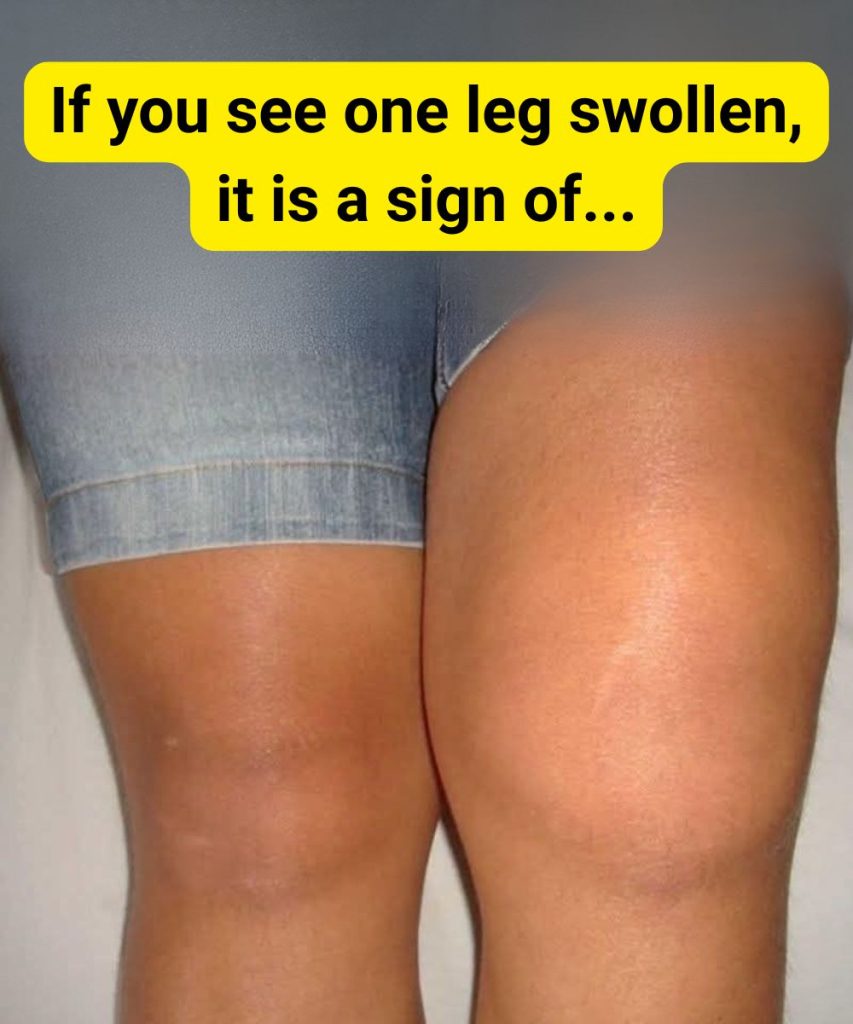
Noticing that one of your knees has suddenly become swollen — while the other feels completely normal — can be unsettling. While swelling in both knees often points to underlying conditions like arthritis, swelling in only one knee is usually a sign of a more localized issue. Knowing the possible reasons can help you decide whether rest is enough or if a doctor’s visit is in order.
Injury or Overuse
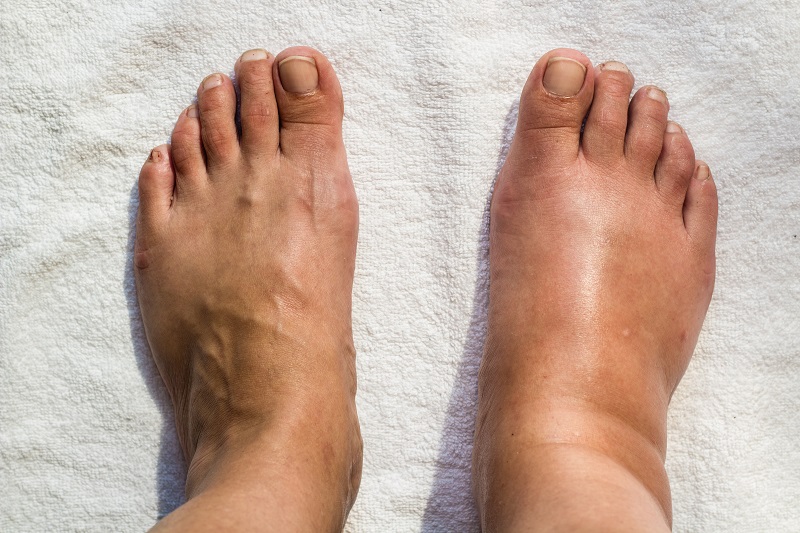
One of the most common causes of swelling in just one knee is some form of trauma — even if it’s minor or repetitive and you don’t remember exactly when it happened. Potential culprits include:
- Ligament injuries (like ACL or MCL strains or tears)
- Meniscus damage
- Dislocation of the kneecap
- Bone contusions or even small fractures
These types of injuries often cause swelling within hours, sometimes along with pain, stiffness, or the sense that your knee isn’t stable.
Bursitis
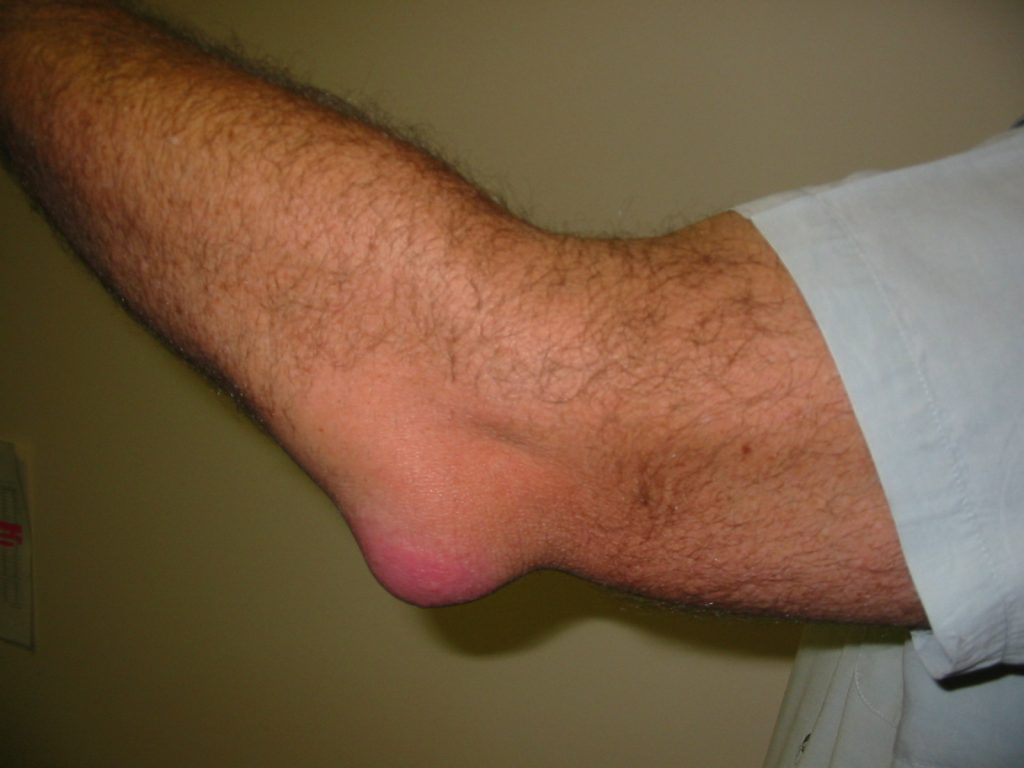
Your knee has small fluid-filled cushions called bursae. If one of them gets inflamed — often from kneeling a lot, a bump, or repetitive stress — it can result in a condition called prepatellar bursitis. This usually affects just one knee and may cause a noticeable bulge at the front.
Joint Infection
If swelling comes on quickly and is paired with redness, warmth, or sharp pain, an infection in the joint (called septic arthritis) could be the cause. This is serious — especially if there’s a fever or chills. If suspected, urgent medical care is critical, and fluid may need to be drained from the joint.
Gout or Pseudogout
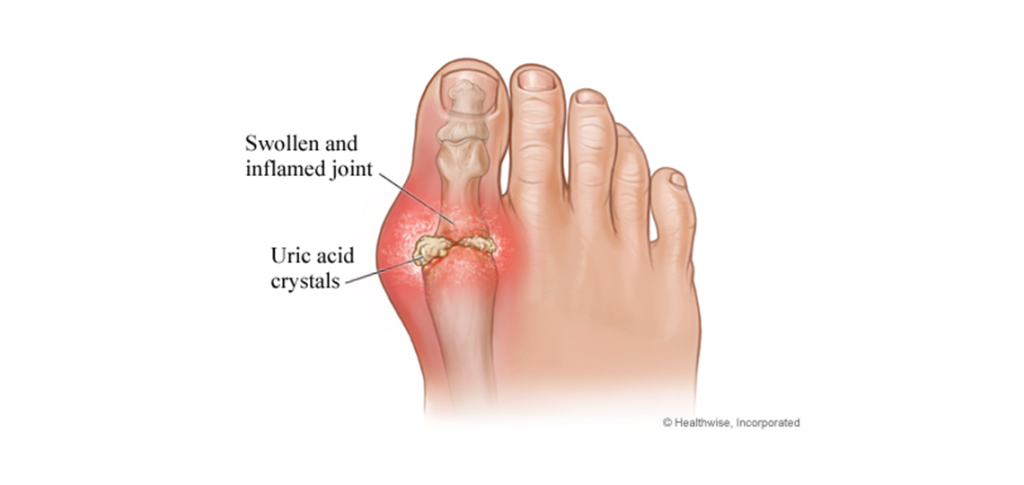
A sudden, intensely painful swelling in one knee might be due to gout, which occurs when uric acid crystals build up in the joint. A similar condition, pseudogout, involves calcium crystals. These typically affect just one joint at a time and tend to flare up unexpectedly.
Localized Osteoarthritis
While osteoarthritis usually develops in both knees over time, it can start in only one — especially if that knee has had more wear and tear. The swelling might not be dramatic but could worsen with activity.
Baker’s Cyst
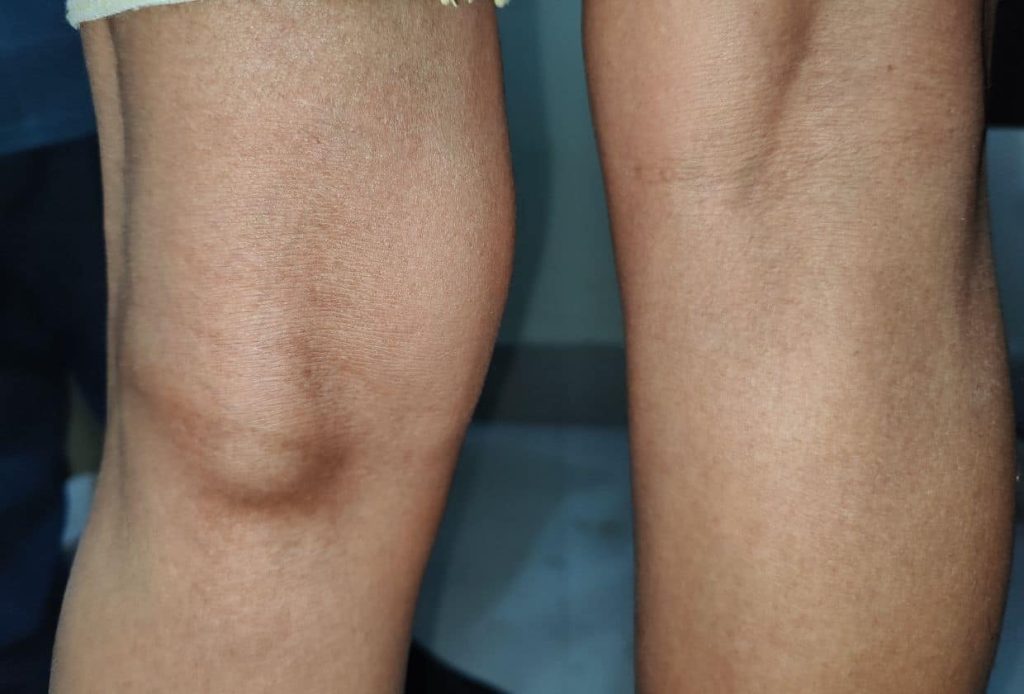
A Baker’s cyst is a fluid-filled pocket that forms at the back of the knee, often due to arthritis or cartilage damage. It can make the knee feel swollen, tight, or difficult to fully extend. The cyst may be more noticeable when standing or after bending the leg.
Circulation Problems or Clots
Though less common, swelling in one knee could signal a blood clot (deep vein thrombosis) — especially if the swelling also affects the calf and is accompanied by warmth or tenderness. This is a medical emergency and requires immediate evaluation.
When to Seek Medical Attention
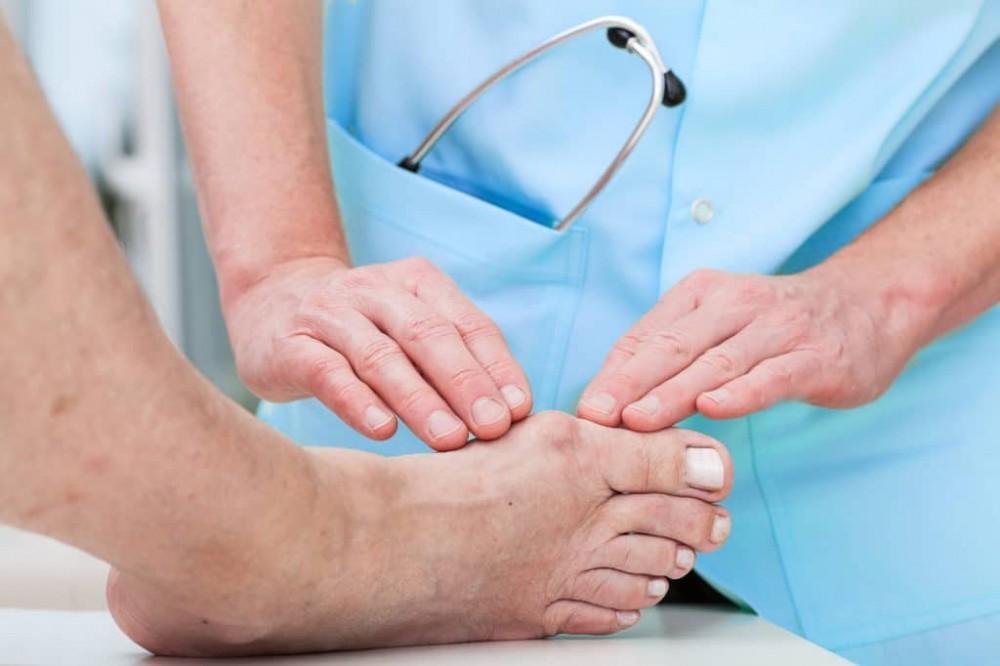
Don’t wait it out if:
- The swelling appeared suddenly and is severe
- You notice heat, redness, or can’t touch or move the joint without pain
- You have a fever
- You can’t walk normally or bend your knee
- The swelling lasts for several days and shows no improvement
Final Note
A single swollen knee doesn’t always mean something serious — but it’s your body’s way of asking for attention. Whether it’s a small strain or a more serious condition like gout or infection, paying attention early gives you the best chance at recovery and long-term knee health.